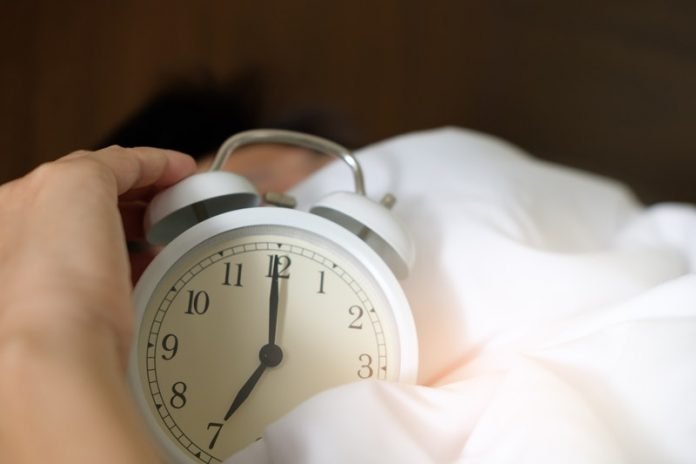
Come the first Sunday of November, we will gain an hour of morning sunlight.
The one-hour adjustment to the clock on the wall may not sound dramatic. But our biological clock begs to differ.
Take, for example, the members of society blissfully unaware of social time: our youngest children and pets.
While many will soon enjoy an extra hour of sleep, our children and pets will be the first to wake. It will be a few more days before their biological clock adjusts to the new social time.
In fact, most of us need a few days to adjust to time changes. In the meantime, we may suffer some consequences.
“Heart attacks and traffic fatalities increase in the days following the change to daylight saving time (DST) in the spring,” says Herzog, professor of biology at Washington University in St. Louis and past president of the Society for Research on Biological Rhythms, a scientific organization dedicated to the study of biological clocks and sleep.
Recently, a 2020 study quantified a 6% increase in traffic fatalities in the days following the time change to DST.
Six percent translates to 28 fatalities in the United States per year because of time switching—a tradition that most, including Herzog, agree it is time to retire.
Yet, here we are nearing November 2021, preparing to adjust to a social change once again with no help from the sun, which will rise and set on its own schedule. What is holding us back from eliminating time changes?
Do we keep DST and enjoy more sunlight in the evening hours or standard time (ST) and wake up with the sun? We cannot seem to agree.
“There has been legislation for permanent ST and for permanent DST,” says Herzog. He advocates for keeping standard time. “There are currently 19 states considering 45 key pieces of legislation that would eliminate annual time switching. Some already have; Arizona and Hawaii live on permanent ST.”
Saying goodbye to DST, and the summertime memories we associate with it, can be difficult. But Herzog reminds us that we need sun in the morning.
“Your biological clock, which controls your daily rhythms in things like sleep and wake, eating, and fasting, interprets light in the morning as sunrise, and advances your wake up time.
Evening light tells your biological clock to wake up later the next morning, making it more difficult to live without an alarm clock,” Herzog explains.
In fact, those who live on the eastern edges of time zones and experience more morning sunlight tend to do better than those to the west in terms of health, economics, and other indicators of well-being.
The current scientific data points to year-round ST being the better option for health, but also for things like safety and learning in schools. Will children be safe going to school in the dark in the morning? Does more sunlight in the evening deter crime?
Less than a month after Richard Nixon’s failed attempt to force year-round DST in 1974, leaders of public schools opposed the change after six deaths were directly linked to children going to school in darkness.
Meanwhile, data do not show that there is less crime during DST or more crime in states like Arizona and Hawaii on permanent ST.
But Herzog points out that we need more data. In the short term, the health benefits of permanent ST are clear. Yet, there are little data on the long-term consequences of living without annual time changes.
“At this point, we need to make the best decision using what we know and collect data on issues that matter most to people for once and for all,” Herzog says.
Written by Marta Wegorzewska.



